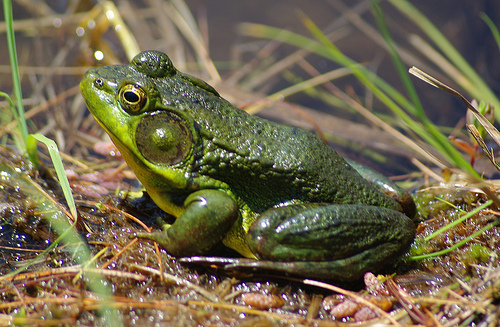A recent study to find out if people would follow a robot or take an exit they can see offered a surprising result. In an emergency, it appears likely people would follow a robot over taking an obvious exit, even if the robot seems to malfunction.
In the emergency study, Robinette’s team used a modified Pioneer P3-AT, a robot that looks like a small bin with wheels and has lit-up foam arms to point. Each participant would individually follow the robot along a hallway until it pointed to the room they were to enter. They would then fill in a survey to rate the robot’s navigation skills and read a magazine article. The emergency was simulated with artificial smoke and a First Alert smoke detector.
A total of 26 of the 30 participants chose to follow the robot during the emergency. Of the remaining four, two were thrown out of the study for unrelated reasons, and the other two never left the room.



